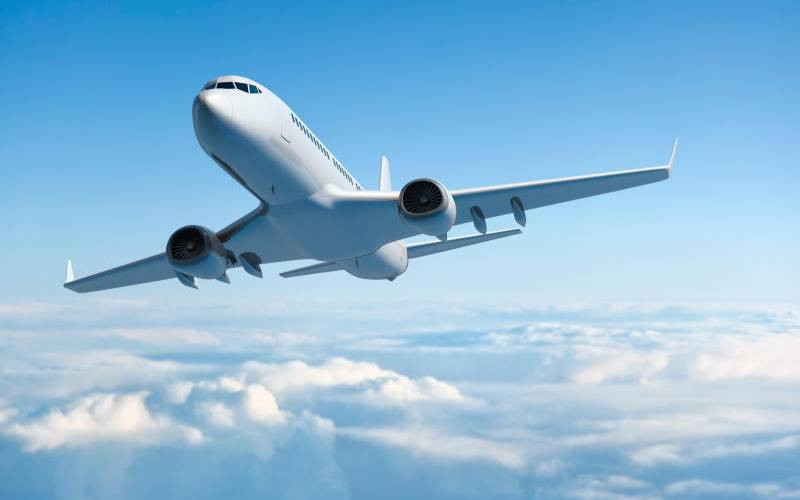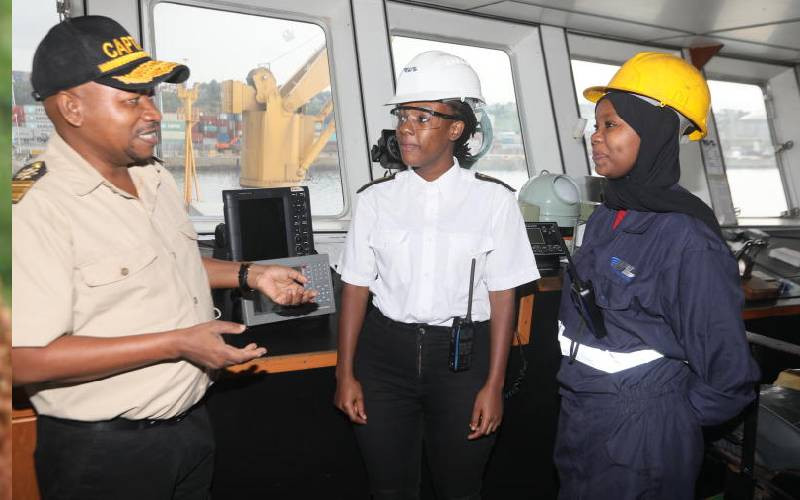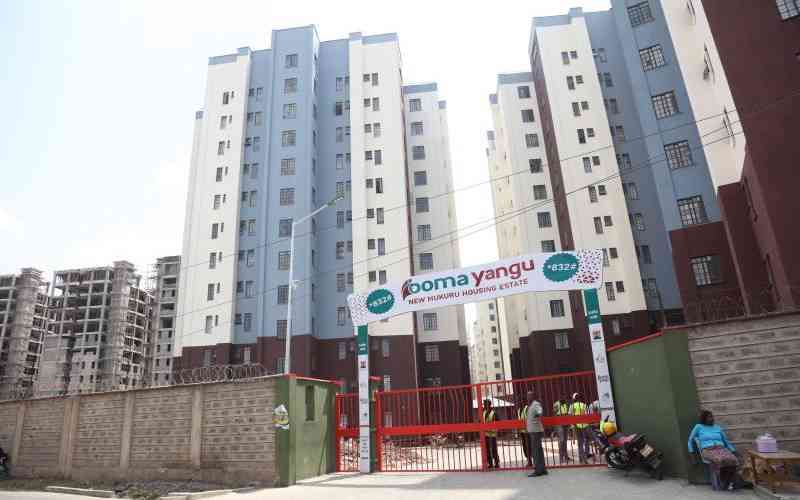Mid-sized passanger airplane flying above clouds.[FILE]

Mid-sized passanger airplane flying above clouds.[FILE]
The regulatory environment for aviation is shifting faster than at any time in the industry’s history. Governments in Europe and North America are introducing strict carbon standards, mandating Sustainable Aviation Fuel (SAF), expanding carbon pricing, and tightening emissions reporting.
For global airlines, compliance is no longer optional. Environmental action is both a business requirement and a moral responsibility.
For carriers in developing regions, including Africa, the challenge is sharper: They must align with global climate goals while serving markets where affordability often decides whether people can fly at all.
The transition is as much about equity and accessibility as it is about technology.
Aviation produces just 2–3 per cent of global CO₂ emissions, nearly all from jet fuel. Any credible decarbonisation strategy must therefore tackle fuel. SAF is the most promising pathway, with the International Air Transport Association estimating it could deliver 65 per cent of the reductions needed for net zero by 2050.
Scale remains the barrier. Global production was one million tonnes in 2024 and may double in 2025, yet this is only 0.3 per cent of jet fuel demand. Meeting targets requires a 200-fold increase. Costs are equally daunting: SAF sells at two to five times the price of conventional fuel. For airlines in price-sensitive markets like Africa, that premium is a major obstacle.
This creates a delicate balance. On the one side is the urgency of reducing aviation’s climate impact. On the other is the need to keep air travel affordable and airlines financially viable. The danger is a two-tier system where sustainable flying is accessible only to wealthier passengers while students, families, and businesses that depend on aviation are priced out.
In Europe, flying is often a convenience. In Africa, it is a necessity. Aviation links students to universities, traders to markets, patients to hospitals, and families across borders. It is also central to economic integration. With the African Continental Free Trade Area and the Single African Air Transport Market driving growth, intra-African trade and travel will expand and so will flights.
If that growth runs on fossil fuels alone, emissions will rise steeply. If paired with SAF production and efficiency gains, it can become a story of green and inclusive growth.
Europe shows the power of policy: Blending mandates, subsidies, and incentives have given investors’ confidence to scale SAF production. Airports are preparing infrastructure, airlines are signing off-take agreements, and manufacturers are testing aircraft on 100 percent SAF.
Africa does not need to replicate Europe, but the lesson is clear: Scale comes only when governments, financiers, and industry act in unison. Without coherent policies and financing, sustainability risks remaining at pilot-project level. Yet Africa has resources to be part of the solution. Non-food crops, agricultural residues, and municipal waste offer vast potential for SAF production.
Done right, this could create jobs, boost energy independence, retain revenue, and reduce costs by limiting reliance on imports. Local production can turn SAF from a foreign luxury into an African-led growth sector that keeps connectivity affordable and strengthens resilience.
African carriers are already signaling leadership. Demonstration flights under initiatives like The Aviation Challenge are proving SAF blends can work on regional and long-haul routes. These flights build momentum for local industries and show Africa’s ability to contribute to global climate leadership.
SAF alone will not suffice. Africa must pursue a broader strategy: Electric aircraft for short routes, hydrogen propulsion in the medium term, and improved air traffic management for immediate gains. Combined, these measures reduce both the carbon intensity of fuel and the energy intensity of aviation.
Stay informed. Subscribe to our newsletter
The real test of net-zero will not be simply meeting 2050 targets but ensuring Africa is not left behind. Success must be measured not only in carbon avoided but in keeping skies open and affordable for all Africans. Europe shows how policy unlocks scale; Africa can prove that local innovation makes sustainability inclusive. That balance between regulation, responsibility, and reality will define the future of our skies.







